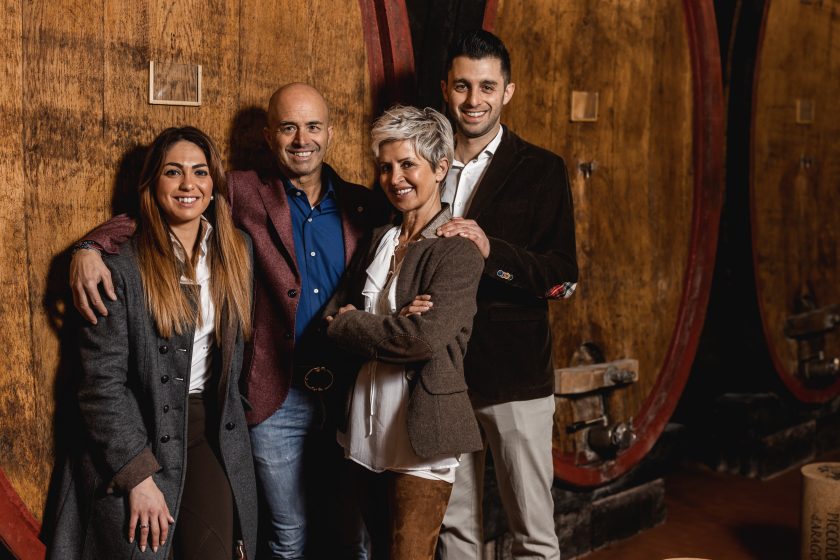Ciacci Piccolomini
“Brother-and-sister team Paolo and Lucia Bianchini continue to make excellent Brunellos in the tradition of their father, Giuseppe, who died in 2004. They are better employing their new modern cellars, which were completed last year, and continue to maintain their south-facing vineyards at near pristine levels. The Brunellos emphasize finesse and balance, with layers of ultrafine tannins and subtle ripe fruit, yet they age incredibly well. The Bianchini family was gifted its Brunello estate in 1985 by Countess Elda Ciacci Piccolomini d’Aragona, who had no heirs; Giuseppe had been the estate manager.” — The Wine Spectator, July 31, 2007
Ciacci Piccolomini is one of the most sought-after producers in all of Italy. This ancient estate has 35 hectares of superior holdings in the prized Castelnuovo dell’Abate zone, including the ‘Pianrosso’ vineyard (meaning ‘red field,’ a reference to the iron rich soils) and the ‘Fonte’ vineyard, which produces grapes for the Rosso di Montalcino.
Plantings of Syrah, Cabernet, and Merlot are to the south, where the Orcia river provides a milder microclimate. The non-traditional wines are as exciting as the Brunello and Rosso: ‘Ateo,’ which means ‘atheist,’ is a statement against the restrictive laws that govern winemaking in Italy; the wine is a blend of Cabernet Sauvignon and Merlot. 100% Syrah ‘Fabius’ is one of the greatest expressions of that variety in Italy and Parker once called it “the finest Italian Syrah I have tasted.” The estate is a member of the EU ‘Lotta Integrata’ movement, which promotes reduced use of chemicals and organic viticulture; at Ciacci, fertilization is organic, and pruning and harvest are done by hand.
Vineyard Management: The guidelines of organic agriculture are followed and the full range of wines will be certified organic by 2020. Only sulfur- and copper-based products are used. The area is sheltered by Mount Amiata and enjoys excellent air circulation. Only organic fertilizers are used (there is a cattle farm nearby for manure). The soil between the rows of vines is tilled and no herbicides are used. Minimum dosages of SO2 is used in the wines.




